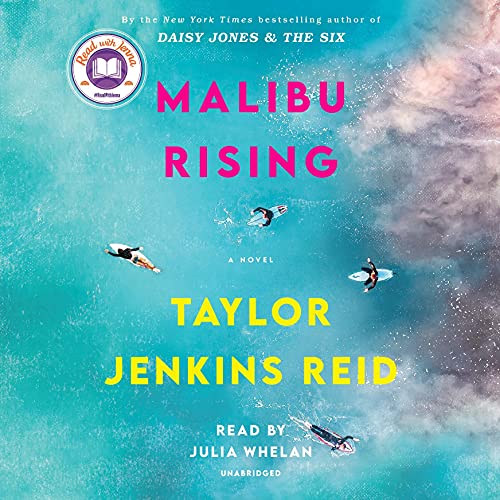Forager Review
March 7, 2022
Continuing my reviews of rogue-like games, today I’ll look into Forager. (If you haven’t read any of the others, I suggest checking those out, because I explain the concept of the genre, as well as other vocabulary, in those several times.)
Forager is a peppy, colorful rogue-like, in contrast to the previous ones I’ve discussed. This parallels its game play and progression, which is unlike any other rogue-like. This is because this one isn’t a ‘true’ game of the genre’s namesake, but instead follows a couple principles, such as random events.
In terms of game play, Forager is a game for the goal-oriented or those who like to repeat tasks. Now, this isn’t a bad thing, as it very much nails the idea, but this does lead to some issues later down the line. When beginning the game, the player is tasked with creating a furnace and an anvil with the resources available from one minuscule square island where resources respawn quickly. Once you acquire some gold and the anvil, the game teaches you that there’s more to life than one square: many squares. With gold coins, the player is allowed to purchase adjacent islands, unknowing of what they contain or even what biome they’re a part of. For a very first playthrough, the plethora of scenes and temples to explore are always fresh and exciting, each plot of land either offering a brand new puzzle, building, NPC, or temple. The issue only arises in the late game.
Once you’ve bought all of the plots of land and completed each of the four temples, there’s not much else to do other than to experiment with things and increase the productivity of your buildings. There is a boss rush, however it’s locked behind hours of content beyond finding all of the new places to see and people to talk with, which may make it incredibly tedious for many without much reward. On top of the late-game, and subsequent playthroughs of the game offer nothing new. All of the islands are the exact same, only offering a slightly different order of discovering them each time.
On the bright side, the systems the game introduces are very fun to use. The way the resources are created is very satisfying, the puzzles are satisfying to complete, and the mid-game feeling of progression is wonderfully smooth and gives the player a sense of inspiration to make a bigger and better industry. The games visuals are very cute, with plenty of dopey cows and dot-eyed chickens to “pet”, slimes that you don’t wish to kill, and giant radishes that beg you not to pluck them.
Overall, it’s a pretty fun game to goof off with for the first 20 or 30 hours or so, but it doesn’t offer enough replayability to those looking for many runs of the same game. As a stand-alone game, it’s a gem for some down time, but as a rogue-like, it falls short.











